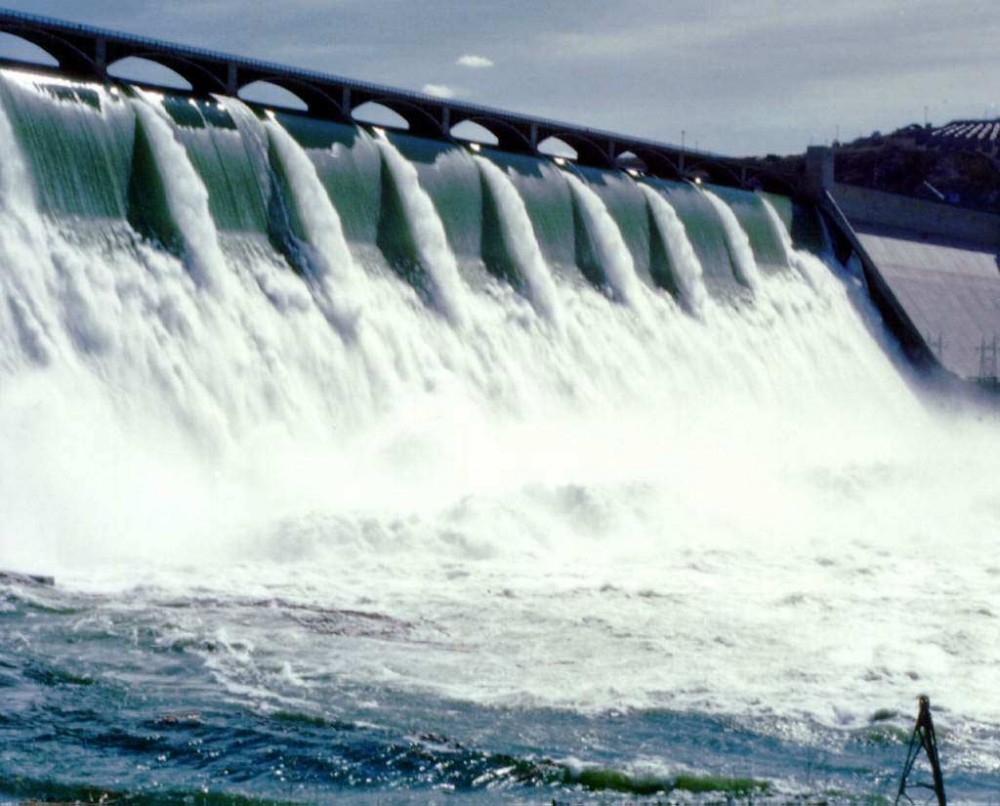The Mambilla Hydropower Project in Nigeria has been hit by a fresh legal hurdle after Sunrise Power and Transmission Company (Limited (SPTCL), the Nigerian company that lost out on a contract to implement the multi-billion-dollar project, filed a complaint with the International Chamber of Commerce in Paris, claiming a breach of contract by the Federal Government (FG).
Last year, Nigeria’s Attorney General and Minister of Justice Abubakar Malami made two deals with Sunrise one of which commit the government to pay the company US$ 200M so as to drop any claims relating to the project, while the second one entitled Sunrise to an additional US$ 200M plus interest, if the government did not pay the agreed amount within 180 days.
However, according to Femi Falana, Sunrise’s lawyer, the company has received nothing to date despite the many commitments of the ministers concerned. “We are simply asking the court to order the administration of President Muhammadu Buhari to respect the agreement reached last March.”
This hurdle further barring the government of the West African country from securing subsidy from the Export-Import Bank of China which had agreed to help fund the implementation of the Project but insisted that it won’t release the money until the legal standoff between the FG and SPTCL ends.
Also Read: Bidding process for three petroleum refineries in Nigeria
Overview of the hydroelectric facility
The 3.05GW hydroelectric facility is set to be built by Sinohydro Corp., a Chinese state-owned hydro power engineering and construction company, China Gezhouba Group Co., a Chinese construction and engineering company, and China Geo-Engineering Corp on the Dongo River near Baruf, in Kakara Village of Taraba State.
Upon completion, the Mambilla hydropower plant will be the biggest of its kind in the West African country, producing approximately 4.7 billion kWh of electricity per year, and providing electricity to approximately 3 million homes.
92
